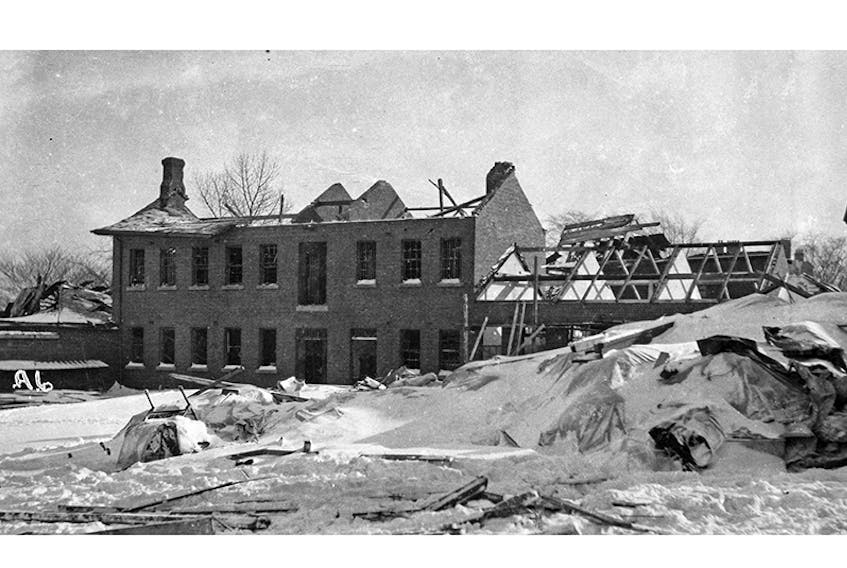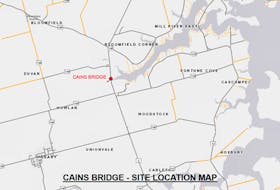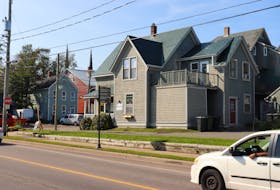Murray Lusher, 91, spills a pile of glass negatives from a plastic Ziploc bag on to his kitchen table.
It’s been a good piece of time since Lusher, who lives with his wife, Ali, in Whisperwood Villa in Charlottetown, has taken a look at the old negatives that are more than twice the size of a credit card.

All are negatives snapped by his late father, Jack H. Lusher. Perhaps one or two, he says hopefully to a reporter, offer a snapshot of the explosion that rocked Halifax on Dec. 6, 1917.
Jack Lusher, who served his career in the Canadian Army, was an amateur photographer.
Jack was in Halifax a century ago when two ships collided in the city's harbour, one of them a munitions ship loaded with explosives bound for the battlefields of the First World War.
What followed was one of the largest human-made explosions prior to the detonation of the first atomic bombs in 1945. The north end of Halifax was wiped out by the blast and subsequent tsunami. Nearly 2,000 people died, another 9,000 were maimed or blinded and more than 25,000 were left without adequate shelter.
Murray says his father took a “tremendous’’ number of photos of the widespread destruction.
However, Murray does not recall any of the photos ever being displayed at home while he grew up as an army brat.
In fact, Murray says his father never talked about the explosion, which injured Jack’s brother but not Jack.
Most of the photos, he believes, were eventually donated to Nova Scotia Archives.
“He had a lot supposedly,’’ he says.

Nova Scotia Archives confirms receipt of 18 negatives of photographs of the explosion aftermath taken by Jack Lusher that were donated from family members.
Meanwhile, Murray picks through the pile of glass negatives splashed across the table, holding them straight-armed towards the ceiling, studying each image carefully to see if he has any of his father’s negatives that capture the massive destruction caused the Halifax explosion.
One – and only one – appears to possibly record damage caused by the explosion: an image showing wood and debris heavily strewn on the ground.
Just as the scavenger hunt nears a close, however, Murray pulls out a couple of disks.
Some of his father’s photographs of the Halifax explosion, he informs, should be contained on the disks.
The first disk popped into a computer back in the newsroom, however, consists of very dated family photos.
The second disk, though, is a small treasure containing a handful of images photographed by Jack Lusher.
Three show buildings torn apart, but one is of a collection of white, teepee-shaped tents believed to have been used to house people displayed by the explosion.
Garry Shutlak, senior archivist with Nova Scotia Archives, says the damaged buildings were located in the Wellington Barracks or the dockyard, now both known as Stadacona.









